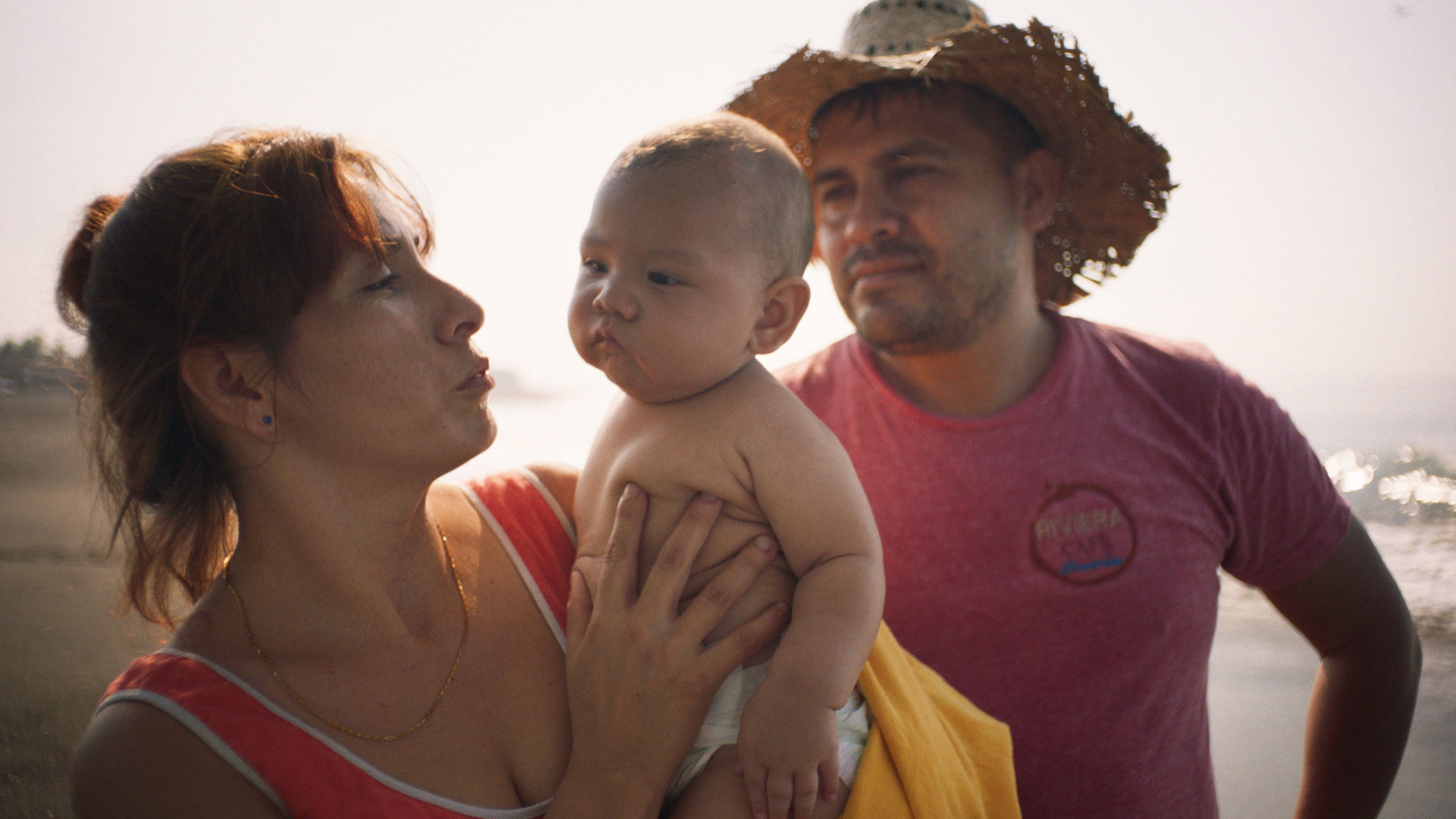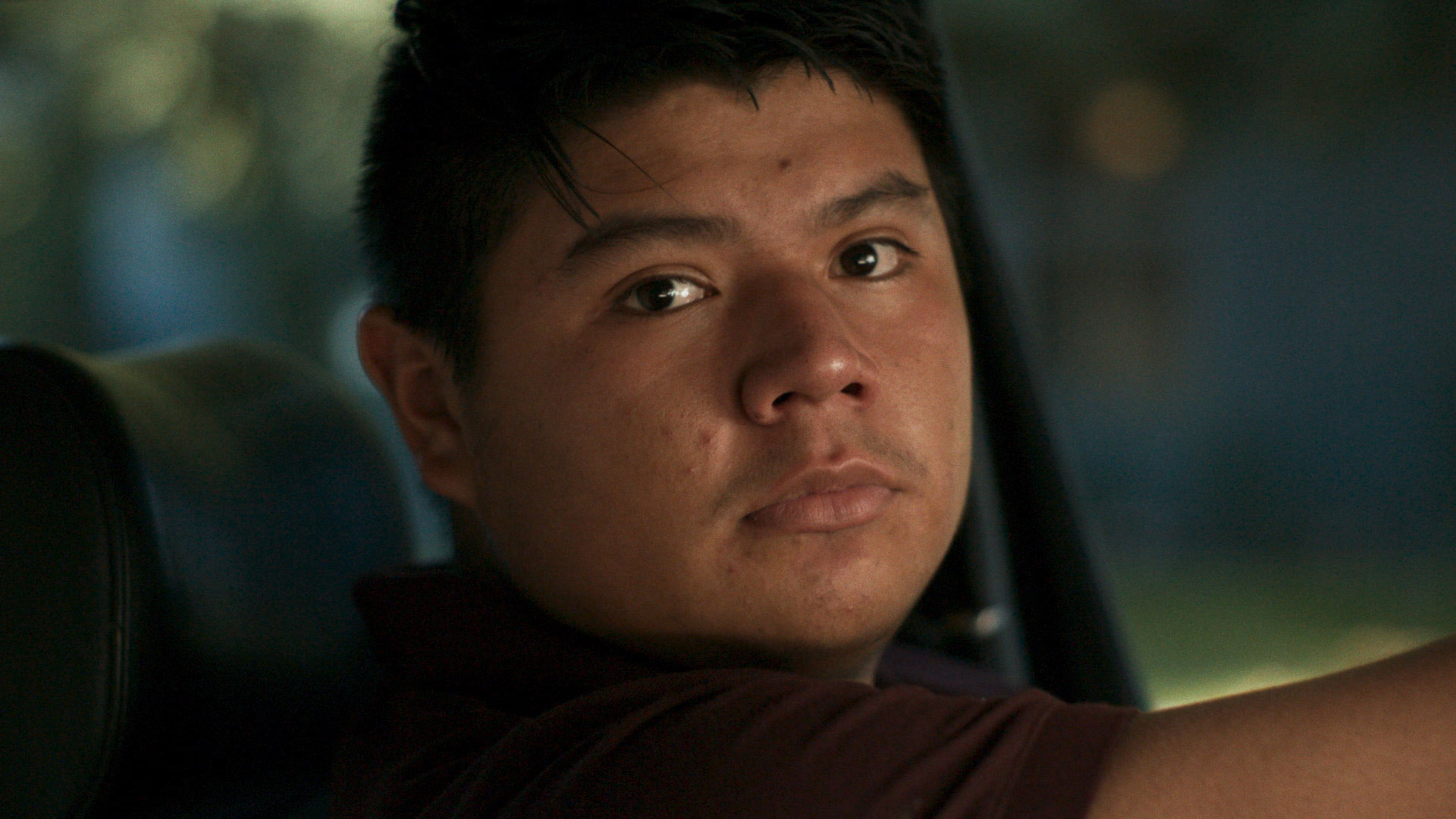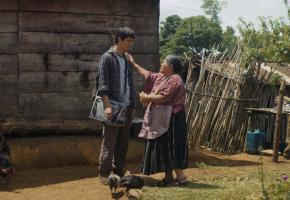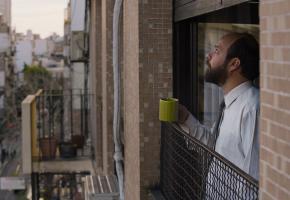Rodrigo Reyes was working as a Spanish criminal translator when this story began. In his first assignment, he represented a young man named Sansón Noa Andrade who was convicted to life in prison without parole as an accomplice to murder. Soon, the two began a correspondence - the letters of which are the basis for this moving film.
The documentary starts by showing us a recreation of the crime and then moving to a theatre where Reyes is reading and translating the conviction of Sansón, played by an actor. As the documentary continues, we jump to the first letters that these two Mexican immigrants, the interpreter and the prisoner, exchanged. They have something significant in common: they both left Mexico at a young age in search of new opportunities in the United States.
Director Reyes mentions that his interactions with Sansón were illegal, as he was not permitted to have any kind of personal interaction. However, as he visits him in jail and becomes more engrossed in his story, Reyes convinces Sansón to work together to produce a movie that explores the circumstances that led to his imprisonment. As Reyes makes clear, this documentary was by no means designed to secure Sanson’s release.
From there, the audience is introduced to different members of Sansón's family, his sister and his nephew, who then begin helping to piece together the most vital moments of Sanson’s life that led to his conviction. The film moves between documenting the film's production and fictionalised recreations of Sansón’s past. The overlap between these stories creates a unique lens through which to view the struggles of each character; the lives of his sister and nephew follow the same pattern as those of Sansón and his mother, helping build understanding of poverty and exclusion that Mexican families find themselves in.

Sansón’s life was shown to be a very complicated, with a series of traumatic events between him and his family. The film explores these moments to explain his involvement in the murder and his sentencing to life in prison. Most Shockingly, it shows how Sansón was not involved with any gangs prior to the crime and how this proved to be untenable position during his incarceration. Through this, Reyes shows the disastrous fate that well-meaning people can face.
A key element of the film is the narration of the letters, as it creates a background to Reyes and Sansón’s connection and how the two interacted with each other while Reyes was with Sansón’s family. The audience gradually feels part of the process of filmmaking; Reyes and actor Gerardo reading these letters out loud adds to the stylistic feeling.
The editing by colourist Brian Wood is noticeable throughout, as particular colours are only present in certain places. For example, the combination of red, blue, and orange is only present on the Pacific coast beaches of Sansón’s hometown. Whereas yellow and green can only be seen during Sansón’s time in California, the dark blue and black of the theatre where Reyes and Sansón talk create a sense of incarceration.

Director Reyes navigates the injustices of the American criminal justice system, and Sansón’s own story clearly becomes a microcosm of a system that imprisons thousands of illegal Mexican immigrants with harsh sentences to ostensibly ensure that they are "gotten rid of."
As the documentary progresses, it becomes a melancholic reminder that, for a better life, you need to leave your home, your family, and your friends. Watching Sansón and Me is an experience that many Mexican immigrants, like me, can relate to – shedding light on a journey that many of us have undertaken.
Millions of Latin Americans are living in the same situation as Sansón: impoverishment and instability. Sansón’s story to remind the public that these injustices but the documentary is also a love letter from the director to his dear friend, Sansón Noa Andrade.
Sansón and Me is out on Thursday 18th November. Find your nearest screening https://dochouse.org/cinema/screenings/sans%C3%B3n-and-me
















